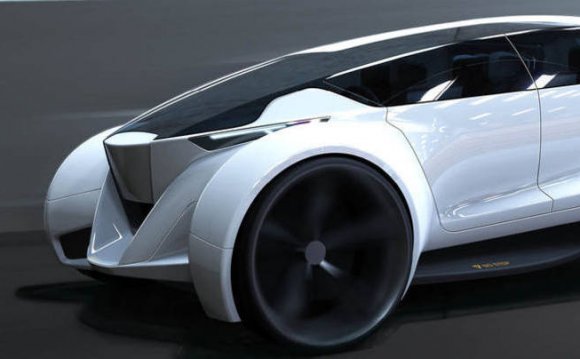
Professionals who work in transportation design are known as industrial designers. They produce automobiles, aircraft, watercraft, mass transit systems and two-wheeled vehicles, taking into consideration aesthetics, ergonomics, manufacturing, marketing, safety and economics. In addition, they may specialize in an area such as hybrid vehicle, recreational vehicle or aircraft interior design. Job candidates should hold a minimum of a bachelor's degree in industrial design or transportation design. These undergraduate programs may include internships as well as portfolio requirements.
| Required Education | A bachelor's in industrial design or, if available, transportation design; a master's degree in industrial design or an MBA can also be helpful for career advancement |
| Projected Job Growth (2012-2022)* | 4% (for Industrial Designers) |
Source: *United States Bureau of Labor Statistics
Transportation Designer Job Description
These professionals begin the design process by gaining an understanding of the product and of the client's requirements through research and meetings with clients, user focus groups and manufacturing representatives. An industrial designer then creates a series of sketches and models using computer-aided design (CAD) software.
These sketches and models are typically presented to other professionals within the design team, such as engineers, cost estimators, marketing executives and product testers, to ensure the product is economically feasible, functional and safe to use. Approval can then be obtained from the client to ensure their requirements for comfort and aesthetics are satisfied before the product is released for production.
Educational Requirements
A bachelor's degree in transportation design may be available in rare cases, but a bachelor's degree in industrial design is more common. Coursework can include principles of design, sketching, computer-aided design, mobility design, vehicle architecture, industrial materials and manufacturing processes. Many programs also include internships at design or manufacturing firms. These experiences can provide hands-on training, which can be preferred by employers. Programs typically also require the creation of a professional-level portfolio.
After earning a bachelor's degree, designers may continue their education by completing a master's degree in a related design field. There is also a trend towards designers pursuing a Master of Business Administration degree (MBA), since senior positions at design firms often include business strategy responsibilities.
Job Outlook and Salary Information
The U.S. Bureau of Labor Statistics (BLS) reported that employment of commercial and industrial designers was expected to grow by four percent from 2012-2022 (www.bls.gov). Designers with strong skills in engineering, CAD and business as well as those with an advanced degree are expected to more successfully compete in the job market. As of May 2013, the BLS stated that these professionals earned a median annual salary of $62, 370.
RELATED VIDEO












